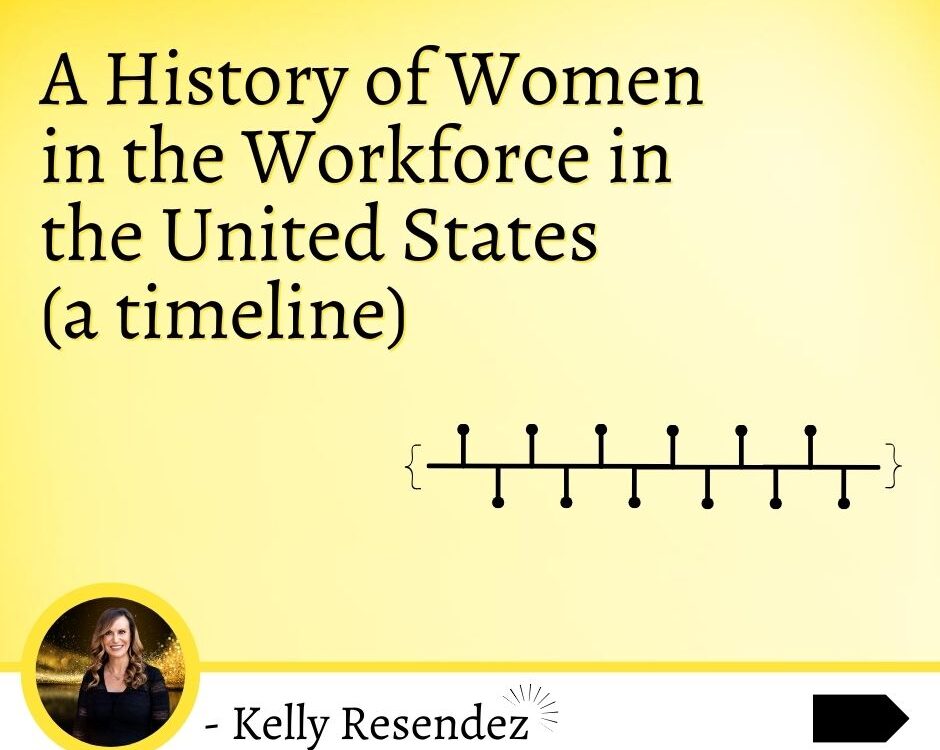
Are Your Thoughts Creating Self-Suffering?
October 25, 2017
Are We Too Busy?
January 29, 2018I think we can all agree that life is fraught with challenges. There are people who will refer to these challenges as problems but I prefer to think of them as opportunities for personal growth and development. Some of my biggest “problems” have led to some of my greatest joys.
All of these challenges are in one way or another related to a “trigger.” I first learned about triggers while watching a presentation by one of my heroes, Brené Brown, (http://brenebrown.com/) who was talking about triggers in terms of producing feelings of shame. But triggers can produce all kinds of feelings and emotions even positive ones but most people don’t need help with those.
A trigger is an event or thing that causes an emotional disturbance within you – fear, envy, scarcity, anger, frustration, self-doubt, self-pity, etc. Our goal in dealing with triggers is to become emotionally stable. What we need to learn is to identify our triggers upfront and then have a plan or an approach in place so that we choose to respond rather than react.
Reacting is allowing the emotion to guide you. You might yell, shut down, or send a nasty text. Responding, on the other hand, is waiting until you have assessed the situation and calmed down before you take any action. I’ve put together a four step process for dealing with negative triggers and you can find a simple tool to aid in this process—Triggers Worksheets.
Trigger Management Strategy
Step 1 – Become aware you are triggered
Acknowledge that you are emotionally disturbed and have a choice to either react or respond. For example: you are angry, you are frustrated, you are sad, you are depressed, you are hopeless, or whatever it is that is affecting you. The goal is to not let that thought or emotion become a long-term feeling.
There is a difference between emotions and feelings. Emotions are lower level responses to situations that cause a biochemical reaction in your body altering your physical state. Emotions are similar for all of us. Feelings on the other hand are long-term reactions to emotions. They are subjective and are based on your personal experiences, beliefs, and preferences.
Remaining aware that you are not your thoughts or your emotions, will help you remain detached and not immediately react based on your past experiences. Just having some space between an emotional reaction and how you handle it, will allow you to be more in control.
Step 2 – Identify What Preference is Not Being Met
Most preferences are created by our ego or Little Voice and really aren’t as important as they seem. Understanding your preferences and how they can derail you will help you grow. We can learn to be more tolerant of other’s faults. We can learn to be more patient. Not all of our preferences serve us. Identifying the ones that don’t and eliminating them is to our benefit.
The first thing to do is identify the preferences that trigger you regularly. Then you can put a plan in place to deal with them. Here are a few examples of preferences:
- I prefer that there be no traffic when I have to be somewhere on time
- I prefer that my house is clean and dinner is ready when I get home
- I prefer that my kids do their homework without being nagged and without needing my help after a long day
You should commit to growing through your most common triggers. It is almost impossible to live an extraordinary life if you get fired up all the time over the same things.
Step 3 – Recognize Your Hallucination
If you figure out what your hallucination is when your preference isn’t met, you will understand why it is bothering you. Your hallucination is always the worst-case scenario. Figuring out what that is helps to make how you will react more predictable.
When a trigger causes you to hallucinate about all the bad things that are going to happen you should state it out loud. Say, “My trigger is X because my preference of Y isn’t being met, so I’m hallucinating that Z is going to happen.” Just the act of saying it out loud is often enough to see the ridiculousness of what your trigger is causing you to feel. For example: my trigger is that my son isn’t doing his homework. My preference is that he completes it right after dinner before he watches TV. My hallucination is that he’s never going to get into college; he’s going to work at McDonalds the rest of his life and live at home. When I say this out loud I can see how ridiculous I’m being. Again, I get the space I need to decide on a productive, positive response rather than reacting on my hallucination.
Step 4 – Avoid or Grow
The last step, and certainly the most important, is to decide to grow through the trigger or strive to avoid it. Let’s take for example a preference for not getting stuck in traffic. When it happens you could choose to grow through it. You could use the time to raise your energy and do a mini meditation, you could be more grateful, be more present, listen to a podcast, or do something else that allows you to grow and become more patient.
Or you could avoid it. You could say I’m just not going to drive at this time of day, or I’m just not going to take this route because you don’t think there’s any way that you could grow through it. That’s okay. The goal is to bring joyful energy into every situation. I love this quote by Brendon Burchard from The Power of Personal Responsibility:
“The power plant doesn’t have energy, it generates energy. Similarly, we don’t have an attitude, we generate one.”
Our energy and attitudes, our Big Voices, have to be generated every single day. I encourage you to take hard look at your life and realize you have the power to change your mindset and experience just be minimizing triggers that might be stealing your joy.



